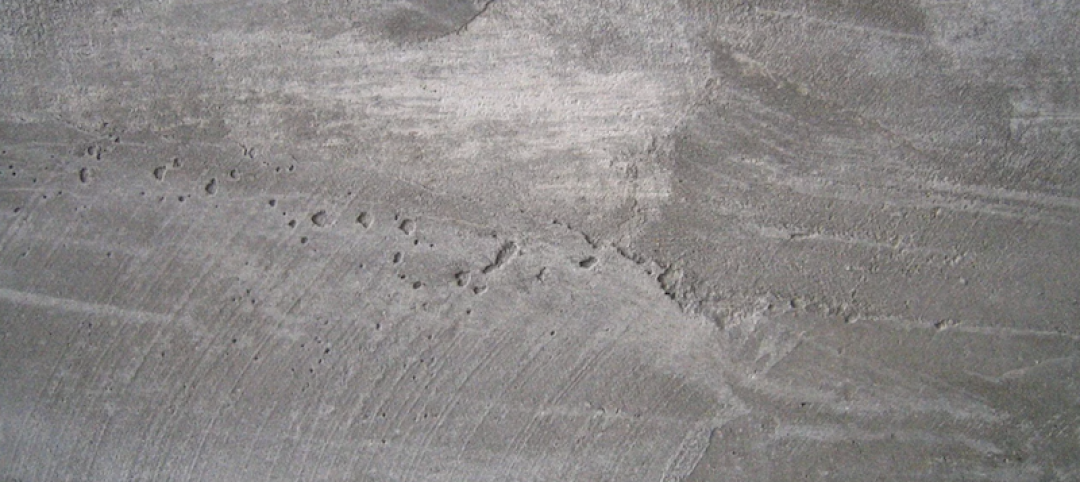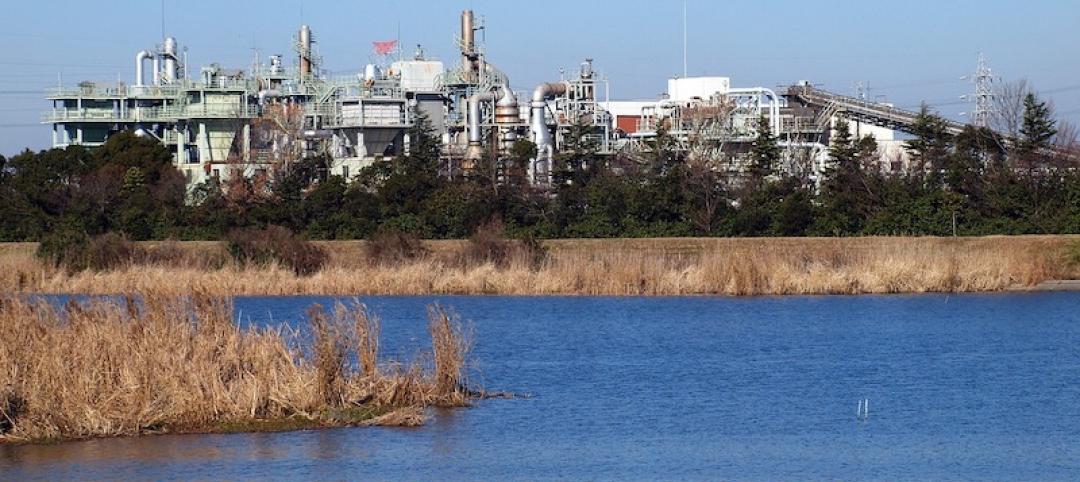The 2021 Hospital Energy and Water Benchmarking Survey by Grumman|Butkus Associates found that U.S. hospitals’ use of fossil fuels is declining since the inception of the annual survey 25 years ago, but electricity use is dipping more slowly.
The average combined Btu/ft2 (electricity plus gas/steam) for participating facilities was 236,743 in this year’s survey, up from 233,491 in 2019. “However, interpretation of year-to-year trends should be tempered by the realization that the respondent pool for the 2021 survey was different from the pool from the 2020 edition, due to the stresses that COVID-19 response placed on the healthcare facility personnel who normally participate, particularly during 2019,” according to a news release.
Hospitals’ average carbon footprint has remained fairly steady at 50 to 60 pounds of CO2 equivalent per square foot per year since GBA began calculating carbon data in 1999. CO2 footprint in 2020 was up from a low in 2019 (likely attributable to a change in respondents for the 2020 survey), but still shows an 18% decrease from 2018.
“To meet the ambitious goals put forth by the Biden Administration, hospitals will have to achieve much more significant reductions in the near term,” says GBA-Illinois Chairman Dan Doyle. “These reductions can only be achieved by implementing larger and more costly retrofits of existing buildings.
“The drive to decarbonize will also require building owners to embrace fuel switching to renewable-based energy sources. Many leading healthcare systems are implementing on-site renewables (usually solar photovoltaic systems), as well as off-site renewables, often funded through Power Purchase Agreements (PPA) to purchase some or all of their electricity.”
Related Stories
Codes and Standards | Mar 5, 2020
France to mandate all new public buildings be 50% timber or other natural materials
Measure would go into effect by 2022.
Codes and Standards | Mar 4, 2020
American Concrete Institute and Precast/Prestressed Concrete Institute expand partnership
Will collaborate on new code requirements.
Codes and Standards | Mar 3, 2020
Wallcoverings industry releases product scorecards concerning sustainability
Tool adds more transparency to certification.
Codes and Standards | Feb 28, 2020
Bay Area communities struggle with what to do about rising sea level
Policies include sea walls, levies, and relocation.
Codes and Standards | Feb 27, 2020
Cell phones present a safety hazard at job sites
Use of ear buds, headphones banned by some contractors.
Codes and Standards | Feb 26, 2020
American Concrete Institute releases 2020 codes, specifications, and practices
ACI Collection features guidance on structural concrete construction and rehabilitation.
Codes and Standards | Feb 25, 2020
New ISO standard for optimizing building use and reusing and recycling components released
Aim is to realize full potential value of a building throughout its life cycle.
Codes and Standards | Feb 21, 2020
Architects push back on proposed uniform design mandate for federal architecture
AIA speaks out against measure.
Codes and Standards | Feb 20, 2020
City-owned buildings to go carbon-free in Los Angeles
Mayor commits to goal for new and extensively renovated structures.
Codes and Standards | Feb 19, 2020
Public is willing to volunteer to maintain green infrastructure
Perceived benefits make residents willing to help public works departments.

















